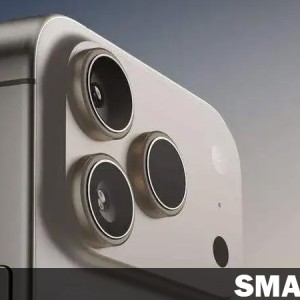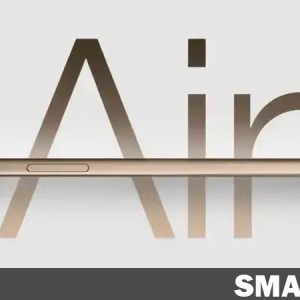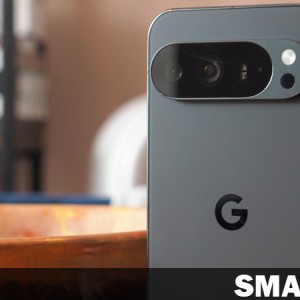Account Login
- Home
- Mobiles
-
- News
-
All news
Latest news

Sep 12, 2025 /
iOS 26 Release Date and New Features Overview

Sep 12, 2025 /
iPhone Air: Apple’s Thinnest Smartphone Ever Launched

Sep 12, 2025 /
iPhone 17 Launch: 120Hz Display, Dual 48MP Cameras
-
- Reviews
-
All reviews
Latest reviews

Jun 14, 2024 /
FreeYond M5A : A New Name in Budget Mobile

Apr 23, 2023 /
Xiaomi Pad 6 vs Xiaomi Pad 6 Pro Comparison

Jun 22, 2022 /
Oppo Reno 7A 5G vs Samsung A52s 5G Specifications Comparison
-
- Other
- Contact Us
Top 10 Smartphones
| Device | Total hits | ||
|---|---|---|---|
| 1 |
| 26681 | 2 |
| 23899 | 3 |
| 22070 | 4 |
| 20685 | 5 |
| 20594 | 6 |
| 19761 | 7 |
| 19647 | 8 |
| 19160 | 9 |
| 18910 | 10 |
| 18869 |
Best Ratings
Latest News
Latest Reviews
HyperOS 2 Update: Centered Clock Design for Redmi K70 Ultra
Dec 09, 2024 Chathura Prabhaswara Gamage News 780 hits

HyperOS 2 Update: Centered Clock Design for Redmi K70 Ultra
Introduction to the HyperOS 2 Update
The Redmi K70 Ultra, one of Xiaomi's flagship devices, has received a major update with the introduction of HyperOS 2. Among the most notable changes is the redesign of the clock, which is now centered on both the lock and home screens. This shift represents Xiaomi's effort to modernize its UI by aligning with global design trends while enhancing user experience.

A Shift Toward Simplicity and Symmetry
Previously, Xiaomi's clock was positioned on the left side of the screen, but with HyperOS 2, the clock is now centrally aligned. This seemingly small change makes a significant impact by creating a cleaner and more balanced interface. This design choice mirrors Apple’s iOS aesthetic but retains unique elements that integrate seamlessly with the HyperOS ecosystem.

Centering the clock brings a sense of order to the UI, which enhances visual appeal and aligns with contemporary smartphone design principles. By prioritizing simplicity and symmetry, Xiaomi demonstrates its commitment to delivering an intuitive and user-friendly experience.
Expanding Beyond the Redmi K70 Ultra
While the centered clock is currently featured in the Redmi K70 Ultra, Xiaomi plans to extend this design update to other devices receiving the HyperOS 2 upgrade. This design language showcases Xiaomi’s intent to create a unified and consistent user experience across its device lineup. The company’s ability to combine design inspiration from competitors like Apple with its innovations highlights its position as a major player in the global smartphone market.

Enhanced User Experience with HyperOS 2
The centered clock is more than just an aesthetic upgrade. It reflects Xiaomi’s broader vision to create a minimalistic yet functional user interface. By reducing visual clutter and focusing on design coherence, HyperOS 2 provides an elevated user experience. Such updates also strengthen Xiaomi’s brand image, positioning it closer to premium competitors in the market.
Additionally, HyperOS 2 incorporates performance optimizations and security updates, ensuring a smoother and more secure experience for users. Xiaomi's continuous efforts to refine its operating system demonstrate its dedication to meeting the evolving needs of its customers.
What This Update Means for Xiaomi Users
The introduction of the centered clock serves as a testament to Xiaomi’s commitment to user feedback and design innovation. As HyperOS 2 rolls out to more devices, it sets a new standard for Xiaomi's user interface. The emphasis on aesthetic refinement and user experience positions Xiaomi as a strong competitor against both Android and iOS platforms.
Users of the Redmi K70 Ultra and other Xiaomi devices can look forward to a more organized and visually appealing interface. This update also signifies Xiaomi's focus on integrating popular design trends with its unique touch, making its devices more appealing to a broader audience.
Future Implications of HyperOS 2
The redesign of the clock may seem like a small change, but its impact is far-reaching. It highlights Xiaomi's ability to adapt and innovate in response to market trends. By incorporating such updates, Xiaomi not only enhances the appeal of its devices but also strengthens its position as a leader in the smartphone industry.
As HyperOS 2 continues to roll out, user feedback will play a critical role in shaping future updates. The centered clock might become a defining feature of Xiaomi's design language, further distinguishing it in a competitive market.































Leave a comment: